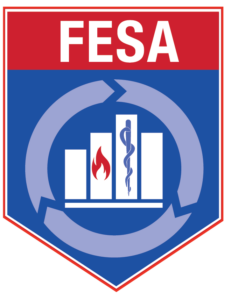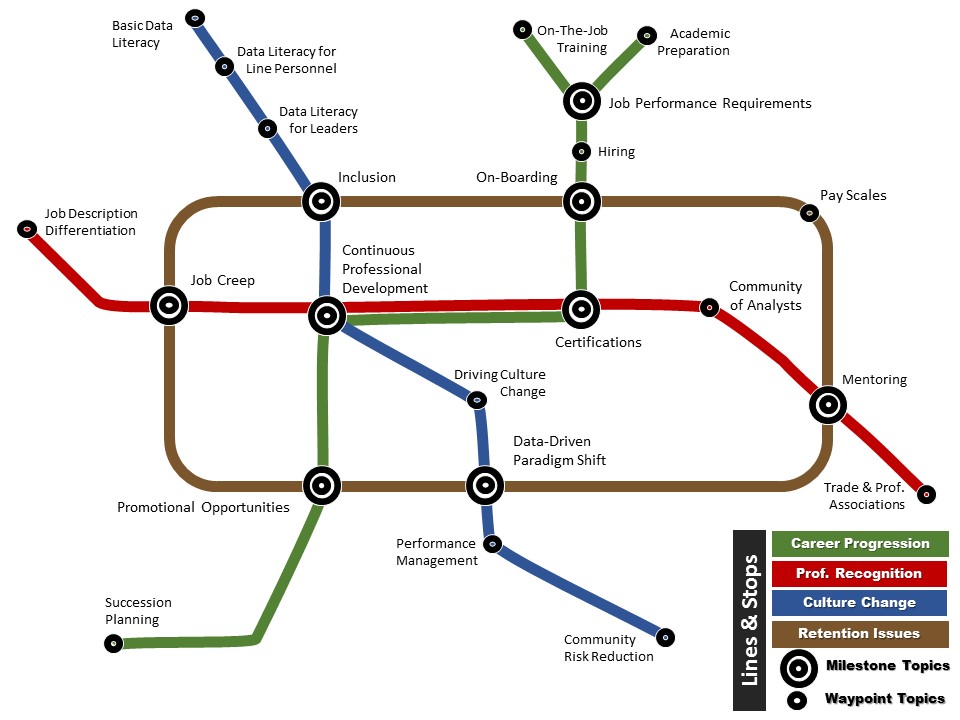Fire and Emergency Service Analyst Credential
 The Center for Public Safety Excellence (CPSE) Commission on Professional Credentialing (CPC) is developing a new credential the Fire and Emergency Services Analyst (FESA) based on the NFPA 1022. By aligning with NFPA 1022, CPSE’s credential will ensure that professionals meet the highest levels of competence and are recognized for their critical contributions to public safety.
The Center for Public Safety Excellence (CPSE) Commission on Professional Credentialing (CPC) is developing a new credential the Fire and Emergency Services Analyst (FESA) based on the NFPA 1022. By aligning with NFPA 1022, CPSE’s credential will ensure that professionals meet the highest levels of competence and are recognized for their critical contributions to public safety.
The process is currently undergoing beta testing, a critical phase where it is being evaluated to ensure its functionality, reliability, and user experience. During this testing phase, feedback from a select group of users is being collected to identify any issues and make necessary improvements. This process helps to finetune the system and address potential concerns before the release. The process is on track to be fully available for public use by November 2024.
With the Center for Public Safety Excellence’s new credential based on NFPA 1022, fire and emergency service organizations will have a robust framework for designating their analysis personnel. This initiative emphasizes CPSE’s commitment to enhancing public safety through the recognition and development of highly skilled professionals.
NFPA 1022
Development of NFPA 1022, Standard for Fire and Emergency Services Analyst Professional Qualification, is now complete.
- Chapters 1-3 are administrative and Chapter 4 address “Industry Specific Knowledge” that an individual who joins a fire and emergency services agency from an unrelated field needs to familiarize themself with following the point of hire.
- Chapter 5 (Data Analyst), Chapter 6 (GIS Analyst), Chapter 7 (Business Analyst), and Chapter 8 (Data and Analytics Manager) outline job performance requirements (JPRs). The JPRs outlined in chapters 5 – 8 complement each other; they should not be seen as levels.
CPSE plans on developing guidance documents and instruction materials based on NFPA 1022 through the CPSE University. CPSE also plans on launching a new designation based on NFPA 1022 through the Commission on Professional Credentialing (CPC). The goal is to have the content and credential available by Quarter 1 2025.
Understanding the challenges faced by today’s fire department analysts, in 2018, CPSE submitted a request to NFPA to develop a fire analyst professional qualification (Pro-Qual) standard. Given the complexity of gathering and analyzing data for accreditation and the growing sophistication of technology systems available to fire departments, CPSE believes a Pro-Qual standard for fire analysts is an important next step in the progression of fire departments. In 2019, NFPA established a technical committee to develop the standard. CPSE CEO, Preet Bassi, CAE, was appointed as chair of the technical committee.
How Can the Fire Service Grow the Role of Analyst?
The role of analysts working for fire departments has grown considerably in the past decade.
Beginning in 2018, CPSE began exploring how to elevate this role in the fire and emergency services.
CPSE and NFPA hosted a one-day Analyst Incubator workshop at the 2018 CPSE Excellence Conference with over 20 analysts and those who supervise analysts from departments across North America to create a roadmap to grow this emerging discipline.
This February 2019 CPSE Corner outlined the steps CPSE is taking to elevate the role of analysis in the fire and emergency services. Since late 2019, CPSE staff and community members have been actively engaged in the development of NFPA 1022. In February 2022, CPSE CEO Preet Bassi appeared on the Engaging Local Government Leaders Podcast to discuss elevating analysis in the fire and emergency services and has presented at multiple industry conferences on the same topic.
2018 Analyst Incubator
One of the key realizations during the 2018 Analyst Incubator was that there isn’t a unified linear path that all analysts and fire departments follow sequentially – the participants noted that there is a diverse range of skillsets, backgrounds, and career trajectories. So, ultimately, the idea of a linear roadmap wasn’t the best way to illustrate a career path and instead the fire service analyst “subway map” was developed.
To visually demonstrate the complexity and diversity of the goals, experiences and opportunities across different agencies, a classic subway map with various lines (general themes) and stops (specific topics) seemed more appropriate. Click on each of the “stops” below to learn more about how each of the specific topics relate to fire department analysts.

